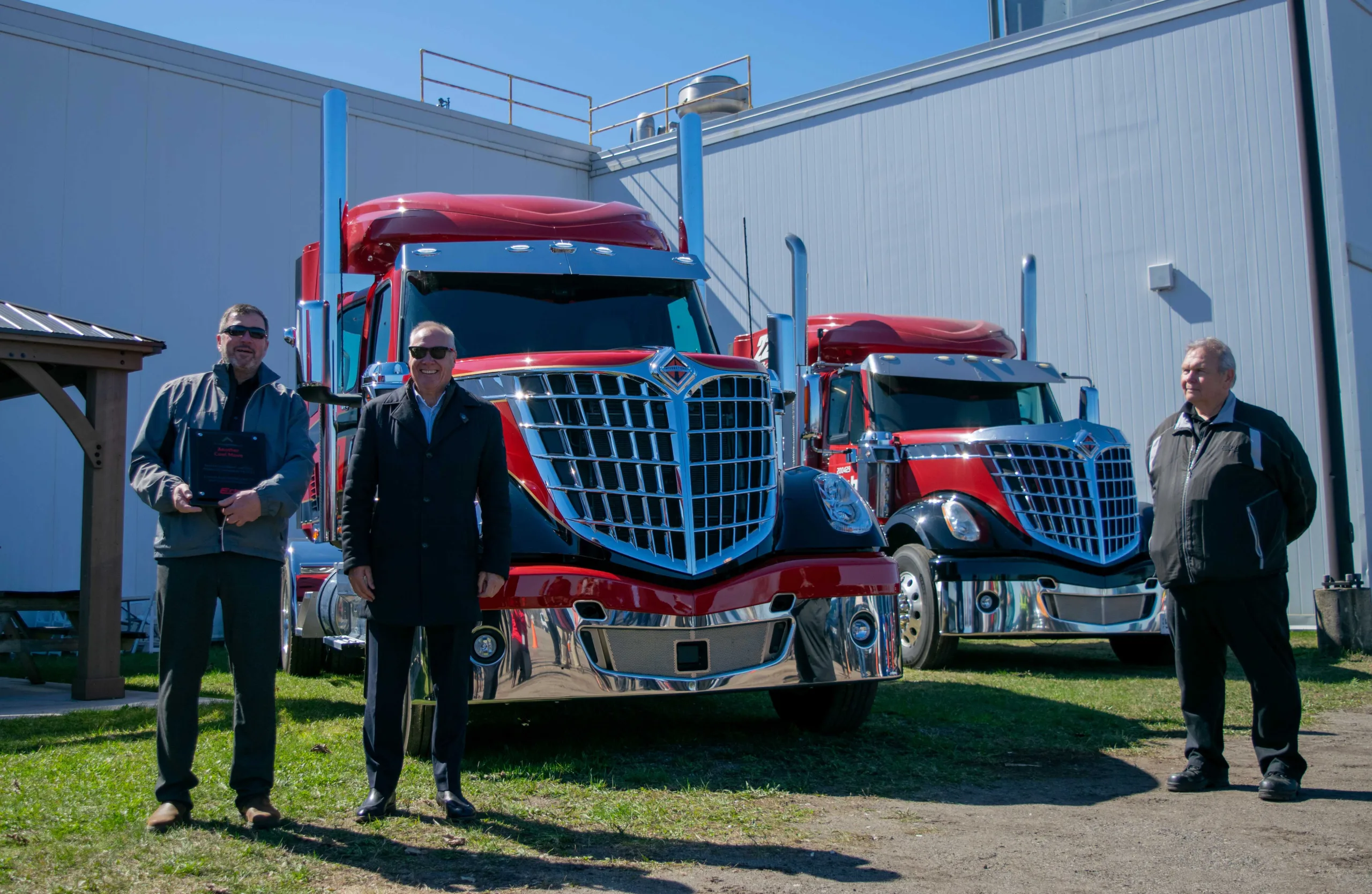Life as a truck driver, unsurprisingly, requires spending a significant amount of time alone. Although you are often in contact with coworkers, and form relationships with those you meet on the road, the time you spend driving is usually done in solitary.
There are many safety aspects you need to be aware of in your truck, all of which are equally important. One that may stand out, however, is the proper way to perform the Heimlich maneuver. A certified first-aid training course is the best way to learn, and gives you all necessary information. We do, however, encourage everyone to know the basics.
If you’re choking by yourself:
- Make a fist with one hand. Place your thumb of this hand below your rib cage and above your navel.
- Grasp your fist with your other hand. Press your fist into the area with a quick upward movement.
You can also lean over a chair, railing, or anything with an edge. Quickly thrust your stomach area into the edge. Repeat this motion until the object is dislodged.
If someone else is choking:
- Stand behind the person. Place one foot slightly in front of the other for balance. Wrap your arms around the waist. Tip the person forward slightly. If a child is choking, kneel down behind the child.
- Make a fist with one hand. Position it slightly above the person’s navel.
- Grasp the fist with the other hand. Press hard into the abdomen with a quick, upward thrust — as if trying to lift the person up.
- Perform between six and 10 abdominal thrusts until the blockages are dislodged.
Ensuring you know the basics of the Heimlich maneuver is essential, especially as a truck driver. Having the information and knowledge of how to help yourself in a potentially life-threatening situation could save your life.
REMEMBER: The Heimlich maneuver is different for infants, children, and pregnant women.
REMEMBER: Do not preform the Heimlich maneuver on someone who is coughing or can speak. A strong cough will usually dislodge the object.
For more information, visit:
 Portail Client
Portail Client 



